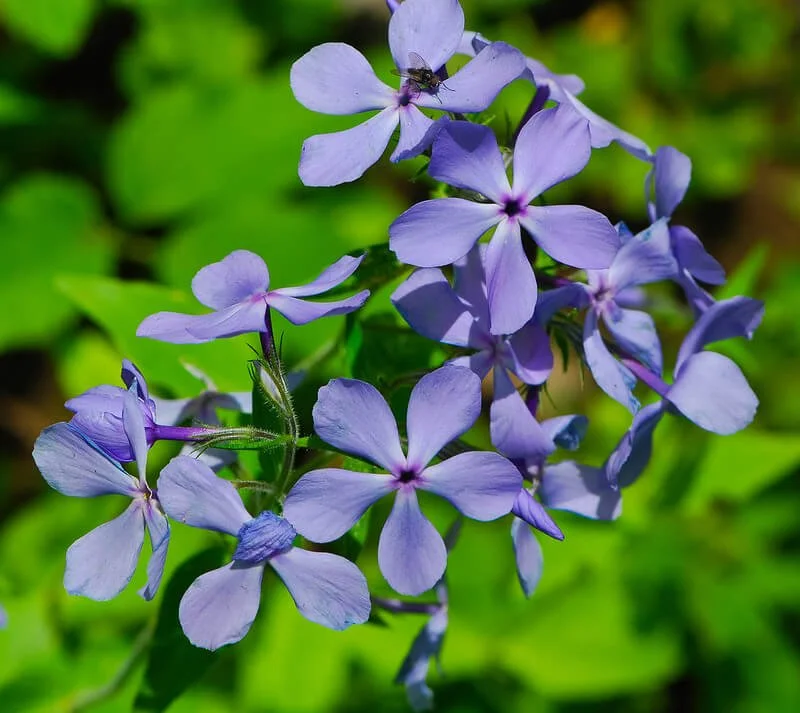Sweet Joe Pye Weed (Eutrochium purpureum)
Sweet Joe Pye flowers are loved by all manner of pollinators, especially native bees, butterflies, skippers, and moths (illinoiswildflower.info). It is also the host plant to 6 species of butterflies and moths in our area (illinoiswildflower.info). I would venture to say that because it is so similar to Spotted Joe Pye Weed (E. maculatum) it would also be recommended as a preferred mid to late-season monarch nectar plant (xerces.org). It seems to be browsed by deer, but sparingly. A great statement plant for that back border.
Photo Credit: Charles de Mille-Isles
Sweet Joe Pye flowers are loved by all manner of pollinators, especially native bees, butterflies, skippers, and moths (illinoiswildflower.info). It is also the host plant to 6 species of butterflies and moths in our area (illinoiswildflower.info). I would venture to say that because it is so similar to Spotted Joe Pye Weed (E. maculatum) it would also be recommended as a preferred mid to late-season monarch nectar plant (xerces.org). It seems to be browsed by deer, but sparingly. A great statement plant for that back border.
Photo Credit: Charles de Mille-Isles
Sweet Joe Pye flowers are loved by all manner of pollinators, especially native bees, butterflies, skippers, and moths (illinoiswildflower.info). It is also the host plant to 6 species of butterflies and moths in our area (illinoiswildflower.info). I would venture to say that because it is so similar to Spotted Joe Pye Weed (E. maculatum) it would also be recommended as a preferred mid to late-season monarch nectar plant (xerces.org). It seems to be browsed by deer, but sparingly. A great statement plant for that back border.
Photo Credit: Charles de Mille-Isles
Life Cycle: Perennial
Sun Exposure: Partial, Light Shade
Soil Moisture: Medium-wet, Medium, Medium-dry
Height: 3-7 feet
Plant Spacing: 3-4 feet
Bloom Time: July-September
Bloom Color: Pale Pink
Advantages: Pollinator Favorite, Bird Favorite, Deer Resistant, Great Landscape Plant
Host: 6 species of butterflies and moths use this as a caterpillar host plant in our area (illinoiswildflower.info).






